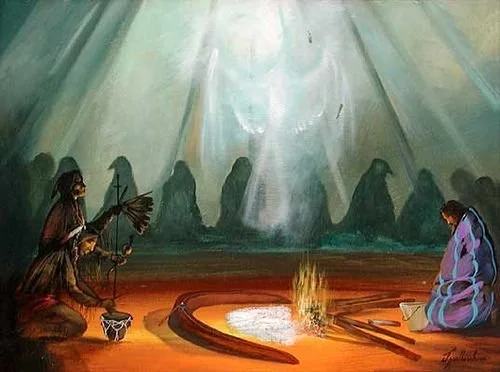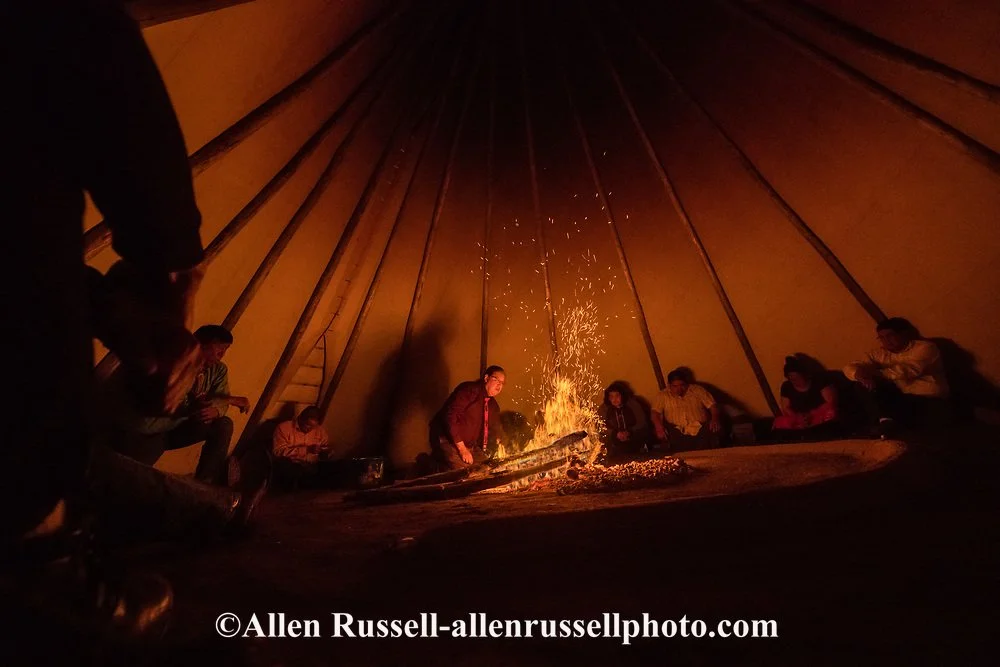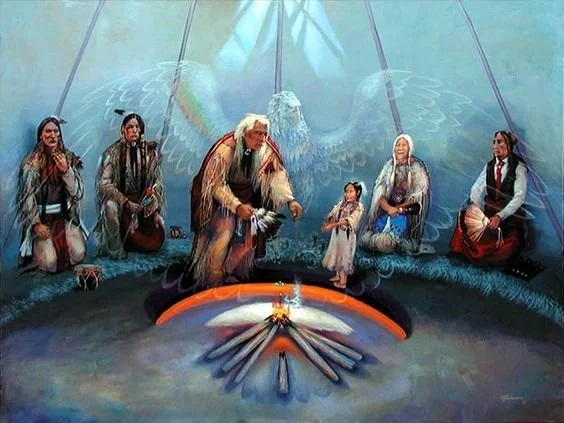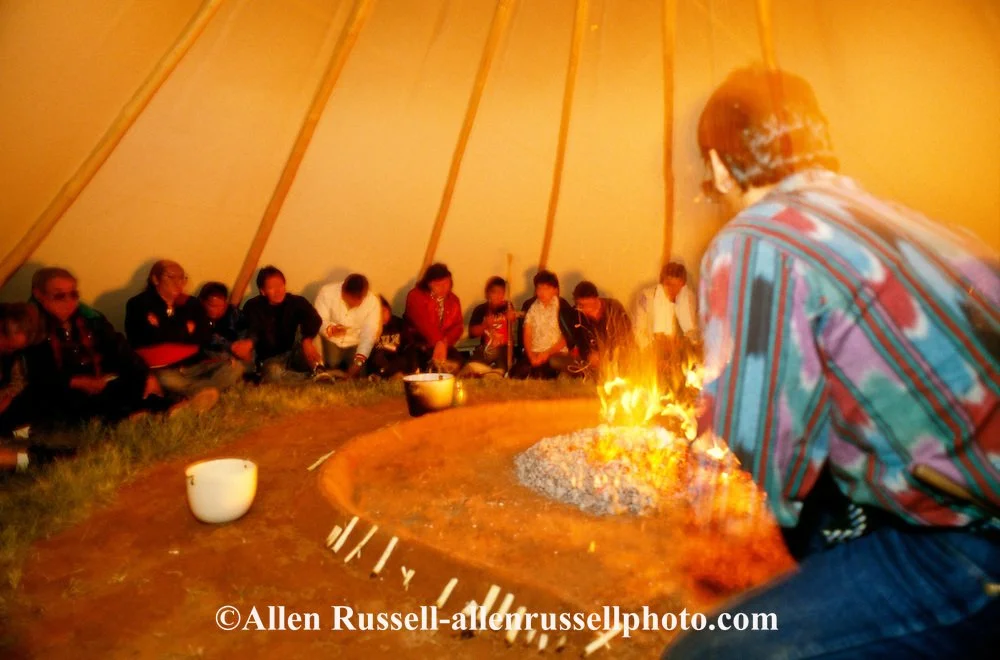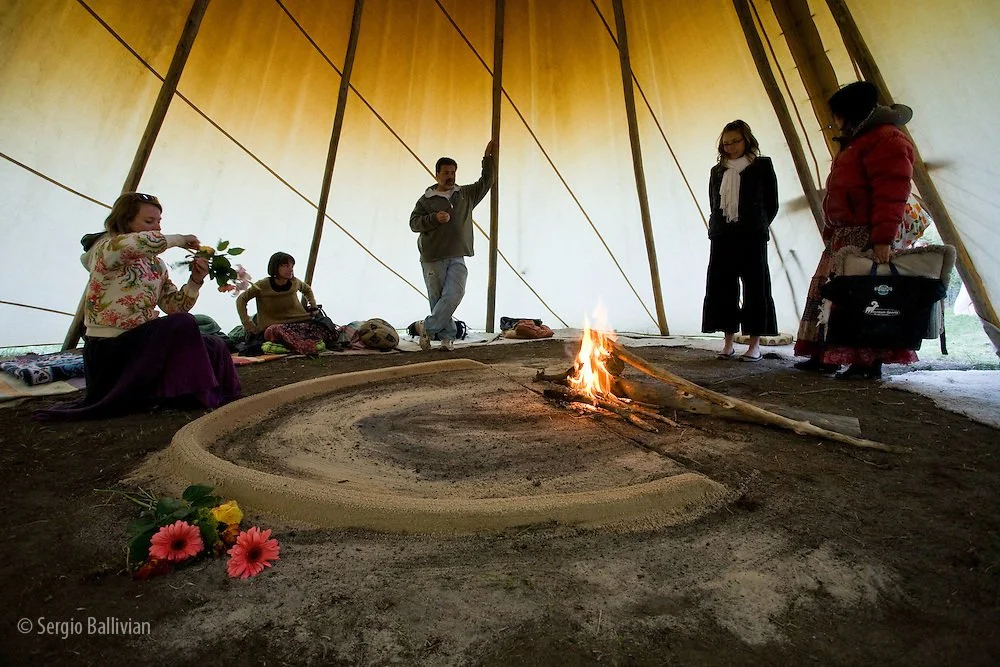The Red Road. The Path of the Heart.
Half Moon Four Tobaccos Ceremony
“
The Red Road is a spiritual path followed in many Native American traditions, symbolizing a life of balance, integrity, and connection to all creation. It represents walking in harmony with the earth, living with respect for oneself, others, and the natural world. The Red Road encourages personal responsibility, humility, and the pursuit of spiritual growth through prayer, ceremony, and honoring ancestral wisdom. It emphasizes the importance of community and the interconnectedness of all life. Ultimately, it is a journey of healing and living in alignment with the sacred.”
Half Moon Four Tobacco Ceremony
Red Road Tradition
The Half Moon Four Tobacco Ceremony is a sacred gathering rooted in ancient indigenous traditions, designed to honor the balance between the masculine and feminine energies within us and in the natural world.
This ceremony uses the power of tobacco, a revered plant medicine, to offer prayers and intentions to the four directions and beyond. Participants are invited to connect deeply with the elements, the ancestors, and the Great Mystery, as they engage in this harmonious ritual of gratitude, healing, and spiritual reflection. It is a powerful space for personal transformation and collective unity.
Originating from the northern part of the American continent, this ceremony is typically held inside a tipi, a traditional triangular-shaped tent used by Native American tribes. The ceremony is named "Half Moon" because a half-moon shape made from sand or earth is created around the central fire in the tipi. This half-moon represents the path of life and symbolizes the prayer and intention of the ceremony.
At the heart of the ceremony is the Roadman (medicine man), who sits behind the half-moon altar aligned with the fire. Next to him are the water drummer, the water woman, and the cedar place. Across from the Roadman, near the door, sits the fire keeper, and on the other side of the door is the door person, responsible for managing the space.
The ceremony begins at 10 p.m. by lighting the first tobacco—four tobaccos will be smoked throughout the night, which gives the ceremony its name. Tobacco is considered a sacred connector to the Great Mystery, so the smoking of tobacco marks the most important moments of the night. (It’s important to note that we do not inhale the tobacco; it is used as a tool for prayer, not for addiction.)
After the first tobacco is smoked, the drum is passed around the circle. We all sit around the central fire, and anyone who feels called to share a song may do so. If not, the drum is simply passed to the next person. Once the drum has made its way around the room, the first round is complete, and the Roadman prepares for the second tobacco. The second tobacco represents the "Male Water," where the fire keeper, representing the male energy, smokes the tobacco and speaks about the sacredness of water.
The third significant moment is the smoking of the third tobacco, known as the "Main Prayer" tobacco. This is the heart of the ceremony, where we all focus on our personal and collective prayers. It’s a powerful and beautiful moment of unity, as we connect deeply to the reasons why we are gathered and support each other’s intentions.
At 4 a.m., the fourth and final tobacco is smoked, marking the "Female Water Prayer." This is when the feminine energy takes over, leading the final part of the ceremony. After the women’s water prayer is completed, the water woman selects four women to help prepare the "Sacred," which is the spiritual food shared in the morning.
Throughout the night, we will share medicine, songs, and stories, creating a communal space of healing and reflection.
The ceremony concludes with the sunrise, aligning us with the movement of the stars and deepening our connection to the elements and sacred plants. It is both a communal prayer and an inward journey, inviting awareness of who we are and our place within the larger universe.
